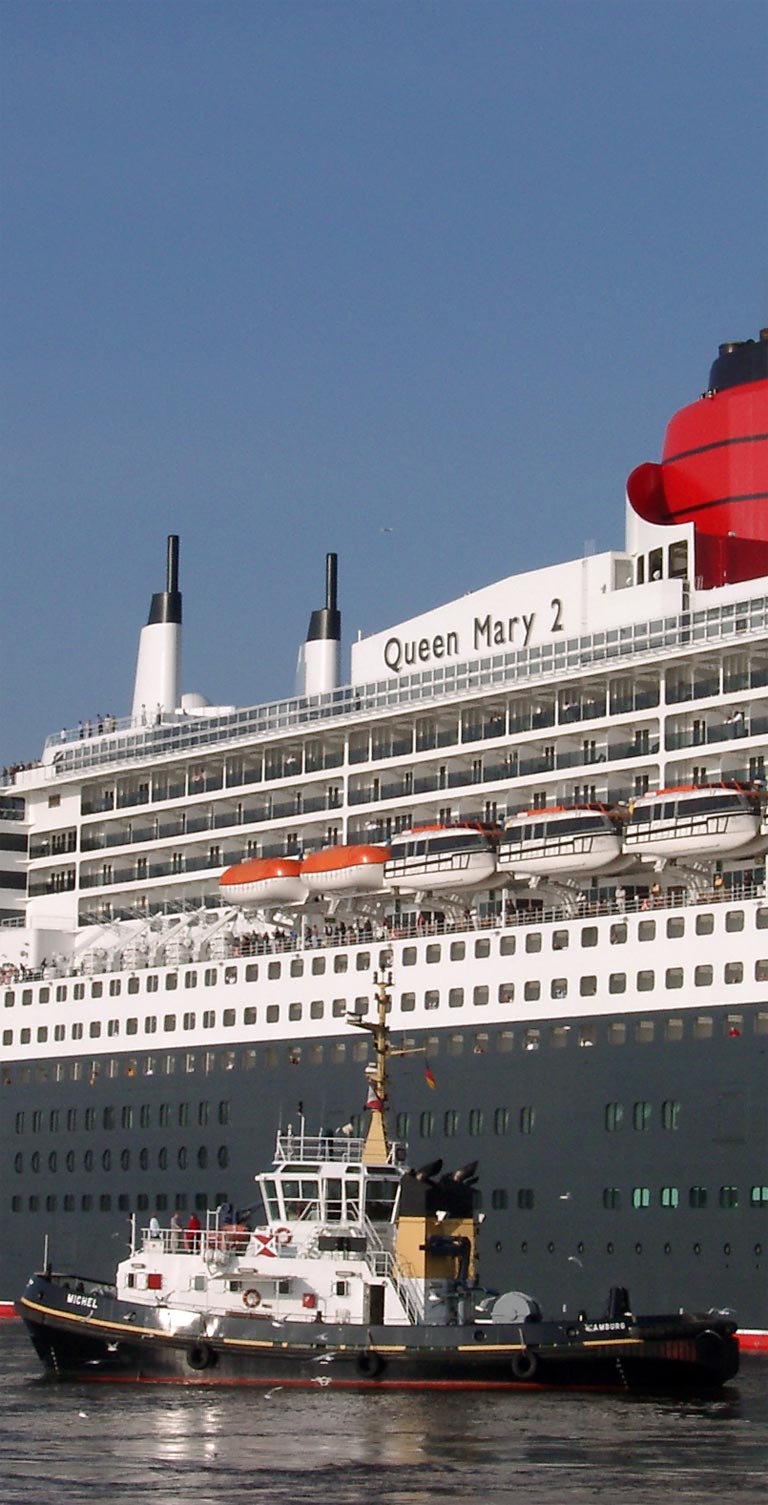|
Duio (San Vicenzo)
San Vicenzo de Duio is a parish located in the south of the municipality of Fisterra. Background Construction on the church began in 1669 at the foot of a fort. Baroque The Baroque ( , , ) is a Western Style (visual arts), style of Baroque architecture, architecture, Baroque music, music, Baroque dance, dance, Baroque painting, painting, Baroque sculpture, sculpture, poetry, and other arts that flourished from ... in style, it was looted during the Napoleonic invasion and a fire destroyed the parish archives. It was rebuilt in the 19th century. It has a hall plan with a large rectangular presbytery and a single nave, divided into four sections. The facade ends with a belfry built in 1863. In the main chapel stands out a large altarpiece, presided over by the image of San Vicenzo, the patron saint of the parish of Duio. The eighth stage of the Way of the Lighthouses hiking route passes through this parish. See also * References Parishes of Galicia (Spain) Municipali ... [...More Info...] [...Related Items...] OR: [Wikipedia] [Google] [Baidu] |
Fisterra
Fisterra (; ) is a municipality in the province of A Coruña, in the autonomous community of Galicia, Spain. It belongs to the comarca of Fisterra. Fisterra is on Cape Finisterre, an alternative final destination for pilgrims on the Way of St. James who seek to travel beyond Santiago de Compostela. Fisterra is on the rocky Costa da Morte (Galician: "Coast of Death"), named because of the large number of shipwrecks along these shores. The name ''Fisterra'' comes from Latin FINIS TERRAE, meaning "Land's End". This name stems from the fact that this area is on a remote peninsula that is one of the westernmost points of land in Galicia, and hence in Spain. Fisterra is an ancient port and fishing village, formed by narrow streets leading to the Plaza de Ara Solis. The chapel of Nosa Señora do Bon Suceso, dating from the 18th century, is on the plaza. There is a lighthouse on a 600-metre promontory called "Monte Facho" at the tip of Cape Finisterre overlooking the Atlantic Oce ... [...More Info...] [...Related Items...] OR: [Wikipedia] [Google] [Baidu] |
Province Of A Coruña
The province of A Coruña ( ; ; historical ) is the northwesternmost province of Spain, and one of the four provinces which constitute the autonomous community of Galicia. This province is surrounded by the Atlantic Ocean to the west and north, Pontevedra Province to the south and Lugo Province to the east. History The history of this province starts at the end of the Middle Ages during the reign of the Catholic Monarchs of Spain. During those years this province was far smaller than today. This is because in the 1833 territorial division of Spain the entire Province of Betanzos together with half of the Mondoñedo were amalgamated into one single province with its capital city in A Coruña. Since 1833, the province has always been the one with the largest population and largest coast. Until the second half of the 20th century, this province was both the religious and cultural centre of the entire region. The University of Santiago de Compostela was the only universi ... [...More Info...] [...Related Items...] OR: [Wikipedia] [Google] [Baidu] |
Spanish Baroque Architecture
Spanish Baroque is a strand of Baroque architecture that evolved in Spain, its provinces, and former colonies. History The development of the style passed through three phases. Between 1680 and 1720, the Churriguera popularized Guarini's blend of Solomonic columns and Composite order, known as the "supreme order". Between 1720 and 1760, the Churrigueresque column, or estipite, in the shape of an inverted cone or obelisk, was established as a central element of ornamental decoration. The years from 1760 to 1780 saw a gradual shift of interest away from twisted movement and excessive ornamentation toward a neoclassical balance and sobriety. In contrast to the art of Northern Europe, the Spanish art of the period appealed to the emotions rather than seeking to please the intellect. The Churriguera family, which specialized in designing altars and retables, revolted against the sobriety of the Herreresque classicism and promoted an intricate, exaggerated, almost capricious s ... [...More Info...] [...Related Items...] OR: [Wikipedia] [Google] [Baidu] |
Way Of The Lighthouses
The Way of the Lighthouses, or the Lighthouse Way (, ) is a hiking trail along the Costa da Morte ('Coast of Death') in Province of A Coruña, the province of A Coruña, Galicia, Spain. It joins Malpica de Bergantiños, Malpica with Cape Finisterre, Finisterre along the coastline linking the lighthouses and landmarks along the way. The name of the route refers to the numerous lighthouses built on the Costa da Morte during the 19th and 20th centuries to make navigation safer. The route is divided into eight segments, averaging . The shortest segment is from Laxe to which measures , while the longest is from Camariñas to Muxía which measures . From north to south, on its way from Malpica to Fisterra the trail passes through the municipalities of Malpica de Bergantiños, Malpica, Fisterra, Ponteceso, Cabana de Bergantiños, Laxe, , Vimianzo, Camariñas, Muxía and Cee, Spain, Cee. Small crosses along the coast memorialize drowned gatherers (''Spanish: percebeiros'') of pollici ... [...More Info...] [...Related Items...] OR: [Wikipedia] [Google] [Baidu] |


